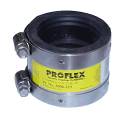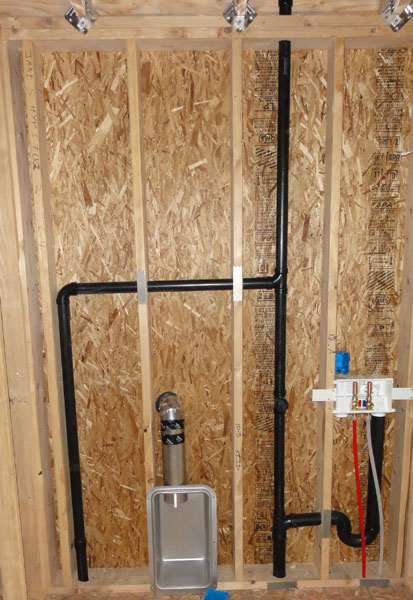Verdeboy
In the Trades
- Messages
- 2,041
- Reaction score
- 6
- Points
- 0
Picture 1: Twisted pipe resulting from trying to unscrew corroded valve. I ended up unscrewing the galvanized pipe below in the basement crawlspace and replacing an elbow with a tee to do that sillcock installation.
Picture 2: How do you add a drain extension onto this valve box. When I screw in the new pipe, the valve box will sit an inch or two above the threaded iron-pipe drain. The old metal box had an extension that screwed into this drain.
Picture 3: How do you remove the plastic plug in this box? I tried unscrewing it and had no luck. Do you just pop it out or does it unscrew?
Is it against code to use flex supply lines for the final 12 inches or so up to the threaded pipe of the valves? They will be buried in the wall.
Ethical question: Should I charge for this repair, since I could have unscrewed the galvanized pipe at the bottom and not ruined the copper pipe? Is it probable that I would have had to cut out the wall anyway, and replaced this stuff?
Picture 2: How do you add a drain extension onto this valve box. When I screw in the new pipe, the valve box will sit an inch or two above the threaded iron-pipe drain. The old metal box had an extension that screwed into this drain.
Picture 3: How do you remove the plastic plug in this box? I tried unscrewing it and had no luck. Do you just pop it out or does it unscrew?
Is it against code to use flex supply lines for the final 12 inches or so up to the threaded pipe of the valves? They will be buried in the wall.
Ethical question: Should I charge for this repair, since I could have unscrewed the galvanized pipe at the bottom and not ruined the copper pipe? Is it probable that I would have had to cut out the wall anyway, and replaced this stuff?
Attachments
Last edited:





